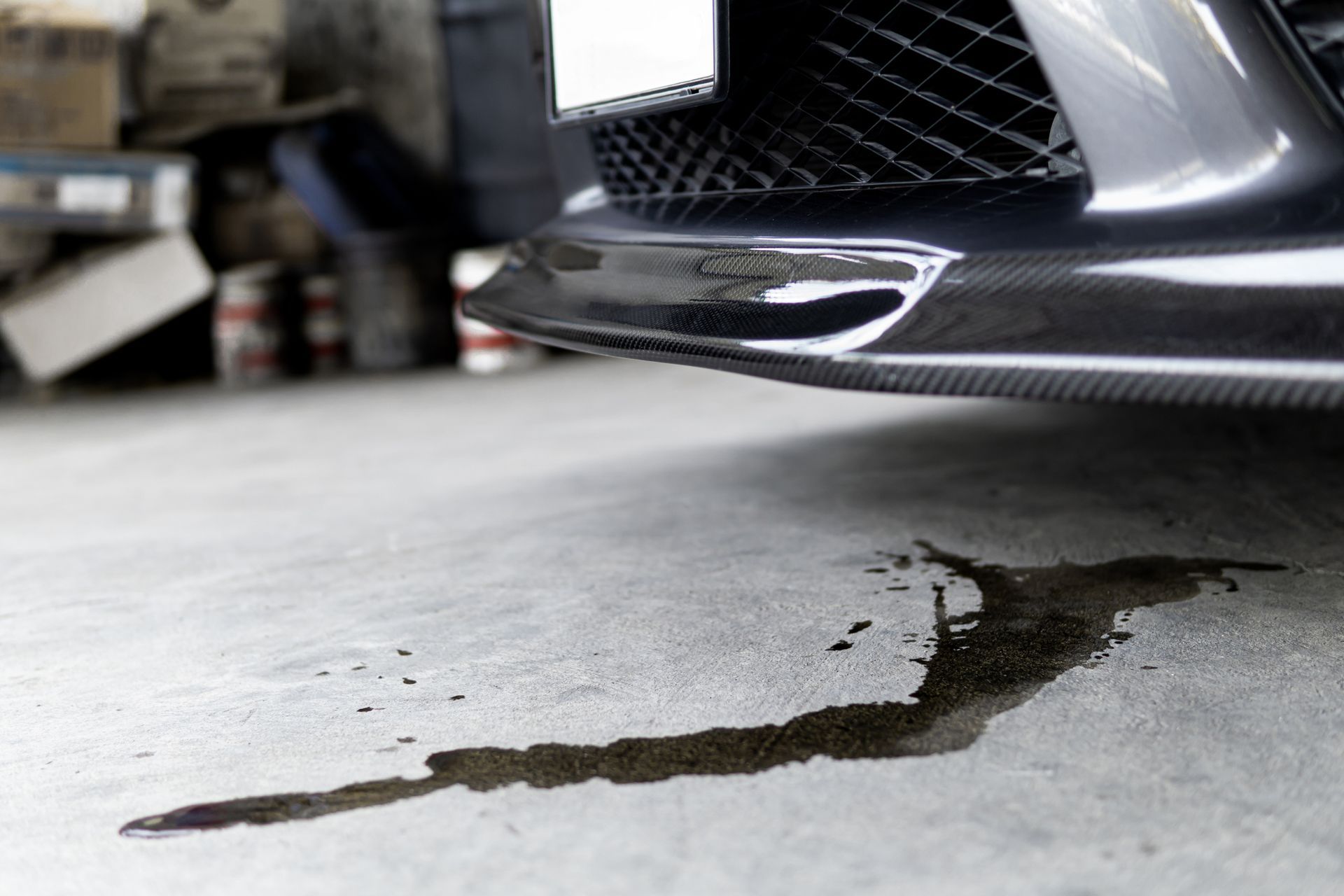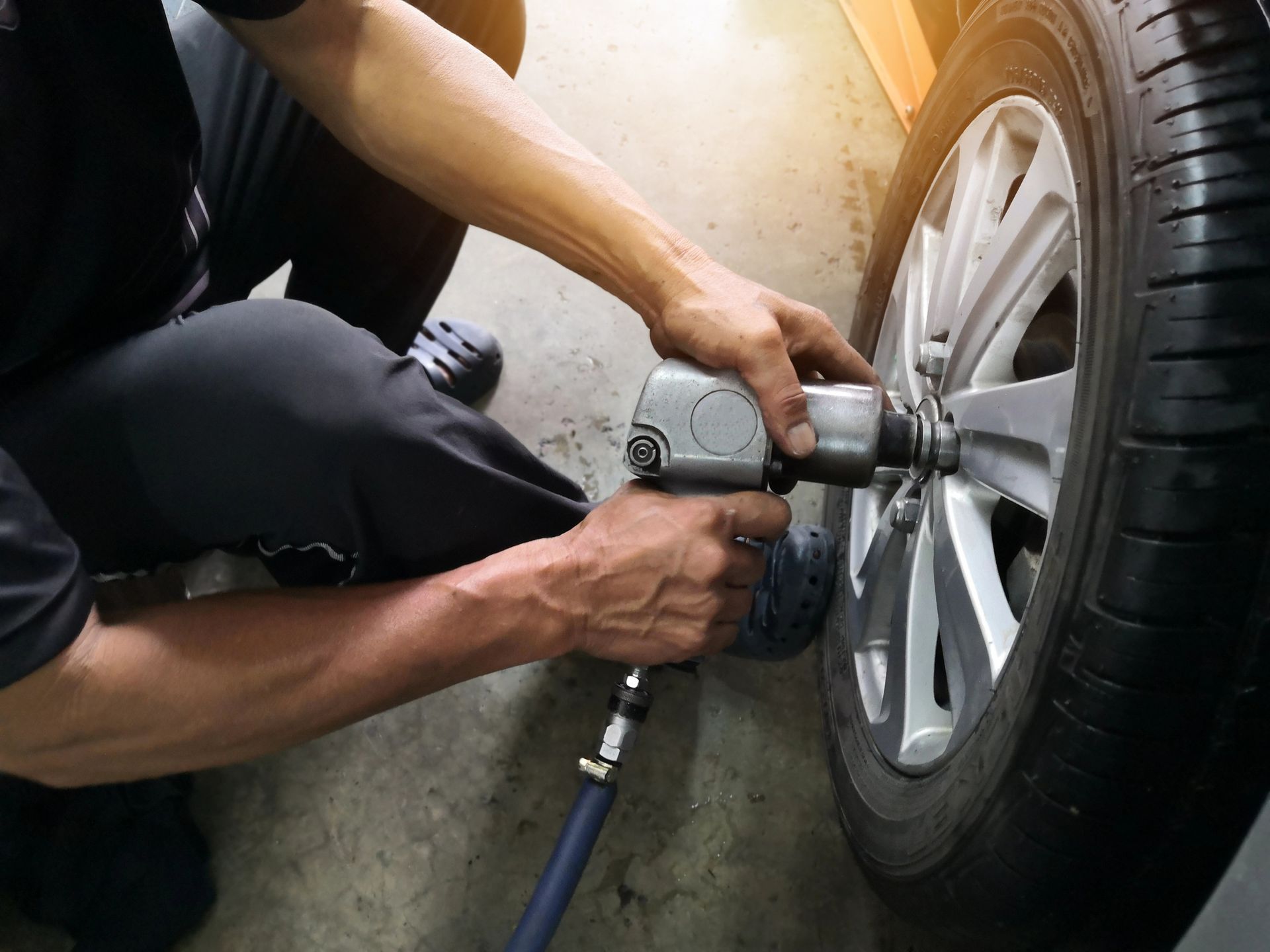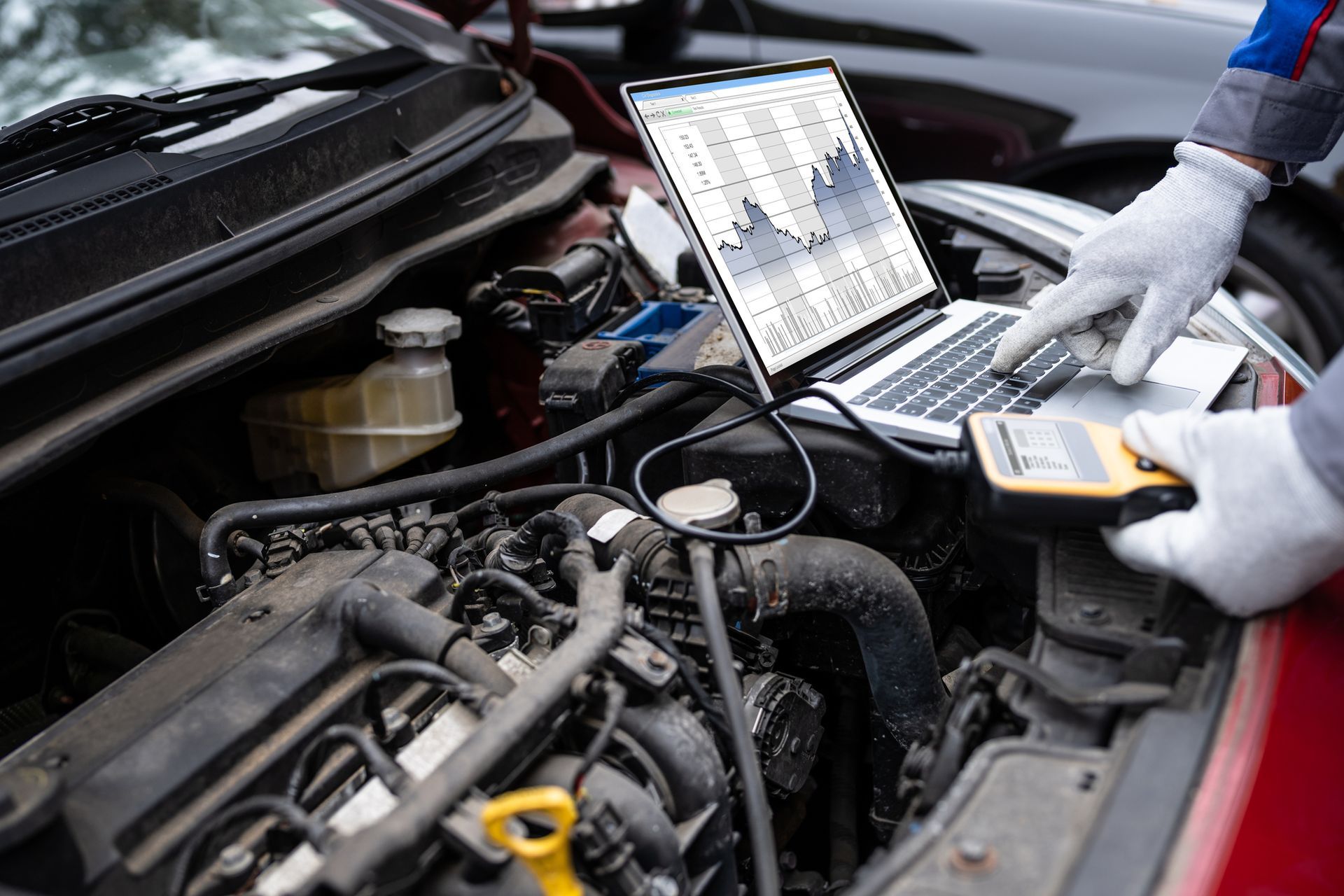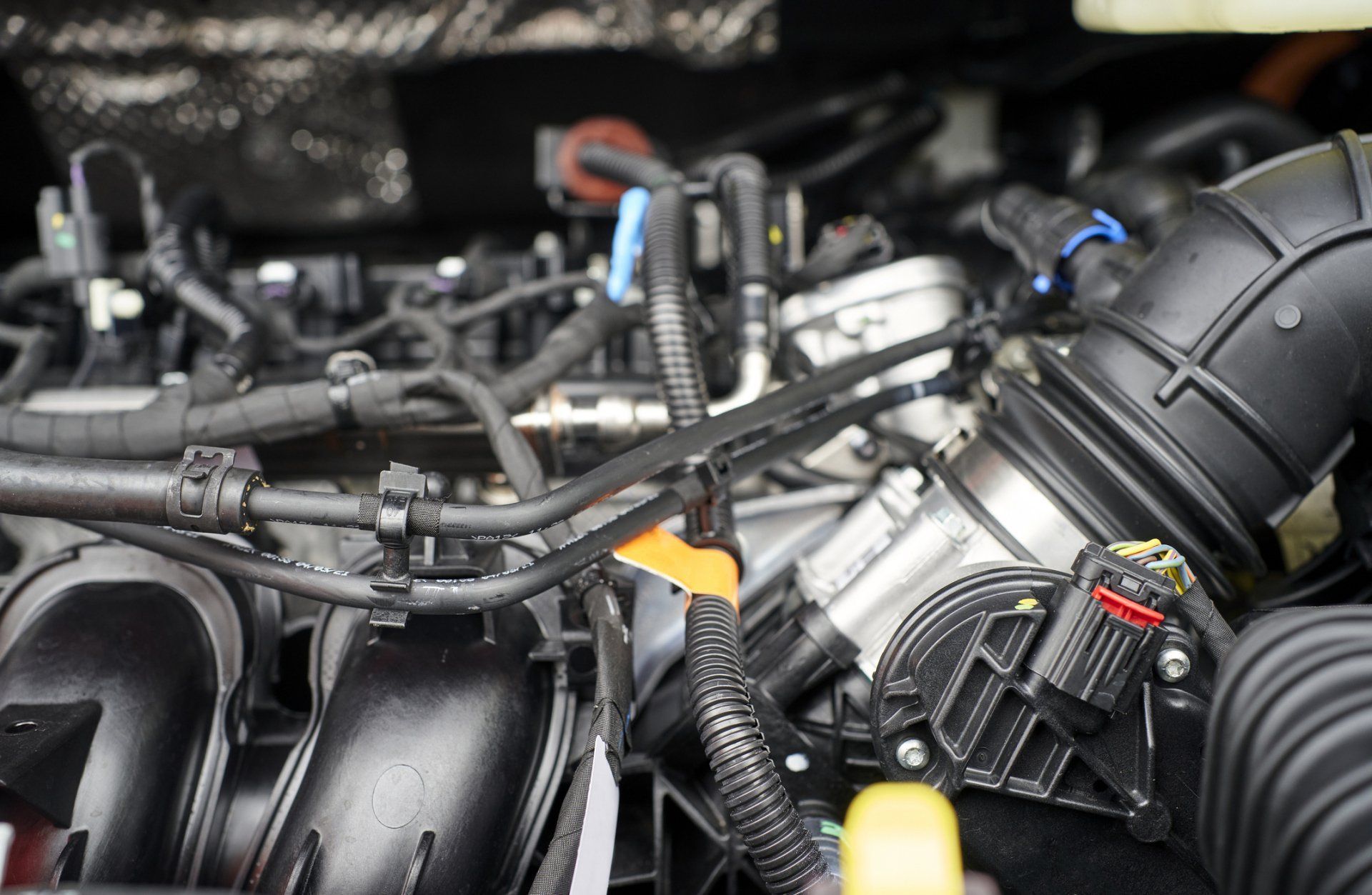Timing Belts: What to Know
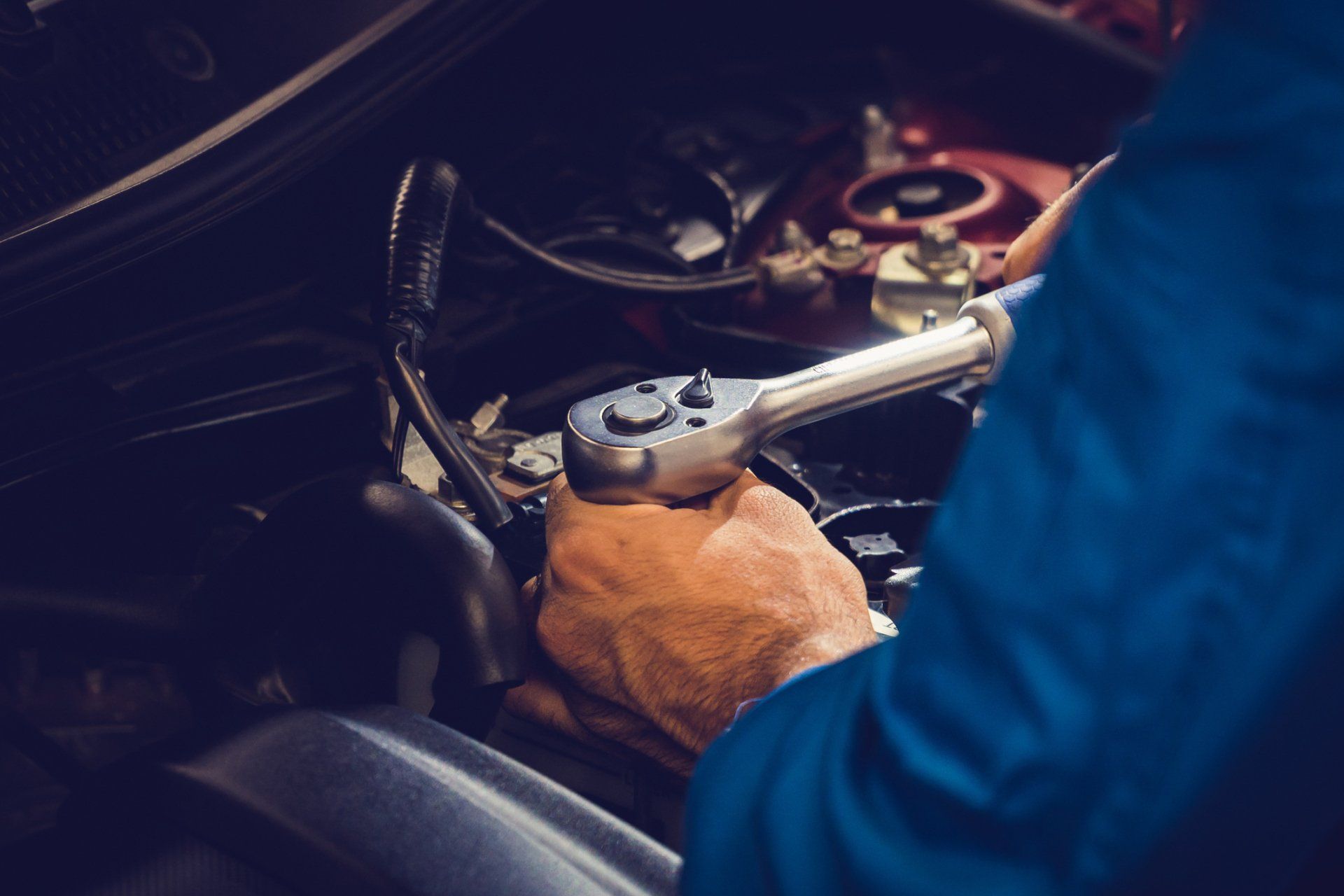
When you pop open the hood of your car and look into the engine bay, you'll probably see numerous rubber belts conveying power to various components. One such belt, the timing belt, plays the critical role of synchronizing the motions of pistons and valves. If this synchronization fails, so may your engine.
Thankfully, you can stay on top of your timing belt's condition more effectively once you understand this part's operations, how it can fail, how to recognize a failure in progress, and what you can do to anticipate and prevent such problems. Take the time to study the following timing belt questions and their answers.
What Does a Timing Belt Do?
Proper engine function depends on a careful interplay between the pistons and their valves. During the intake phase, for example, the intake valves open while the exhaust valves stay closed. During the compression and combustion phases, all the valves stay closed. The exhaust phase reverses the intake phase arrangement.
The timing belt that attaches to your engine's crankshaft and camshaft coordinates these actions, thanks to the ridged rubber teeth on its inner surface. As the crankshaft turns, the timing belt transfers this motion to the camshaft, opening and closing the different valves in just the right order and at just the right time for proper combustion.
You might discover to your surprise that your vehicle doesn't use a timing belt at all. An increasing number of cars feature timing chains instead of timing belts. These chains make more noise than belts, but they can last much longer. Some high-performance vehicles use timing gears instead of either belts or chains.
Why Do Timing Belts Fail?
Timing belts do their work under extreme stress. As a result, the rubber can develop cracks after years of friction, heat, and mechanical strain. The teeth or the lands (the flat stretches between teeth) can wear away. A misalignment in a timing belt can also cause the edges of the belt to fray.
The timing belt also supplies power to your car's water pump. If something causes the water pump's spinning fan blades to seize up, the seizure may bring the timing belt to a sudden halt. This extreme stress can cause the timing belt to snap into two pieces.
When Should You Suspect a Timing Belt Problem?
As a timing belt's teeth start to wear out, the belt will lose some of its functionality, and occasionally the engine timing gears will slip. Your first trouble sign may involve a rhythmic ticking sound whenever the engine runs. A timing belt, camshaft, or crankshaft malfunction should also cause your check engine light to flash.
As your engine's timing falters, you can expect rough performance. For example, you may find your vehicle hard to start, struggle with frequent engine misfires, or see evidence of oil leakage from the front of the car. An engine with a timing belt issue may also produce lots of strong odors and smoke.
How Can You Protect Your Car Against Timing Belt Failure?
Although you can never know for certain when a timing belt might fail, your service technician can often spot the telltale signs of wear and tear on the belt, such as missing teeth, cracked belt surfaces, and frayed belt edges. Regular maintenance checks that can catch such symptoms allow you to replace a belt before it fails.
Any timing belt will eventually wear out. For this reason, you should schedule timing belt replacement according to the recommendations in your owner's manual, no matter how healthy the belt appears. A typical timing belt might need replacing after 40,000 to 60,000 miles of service, although some can last much longer.
If you want to make sure your car's timing belt continues to keep your engine running with pinpoint precision,
schedule a visit to Letcher Bros. Auto Repair. Our skilled team can evaluate any signs of timing problems or belt damage, replacing belts as necessary to keep you safely and happily on the road.
